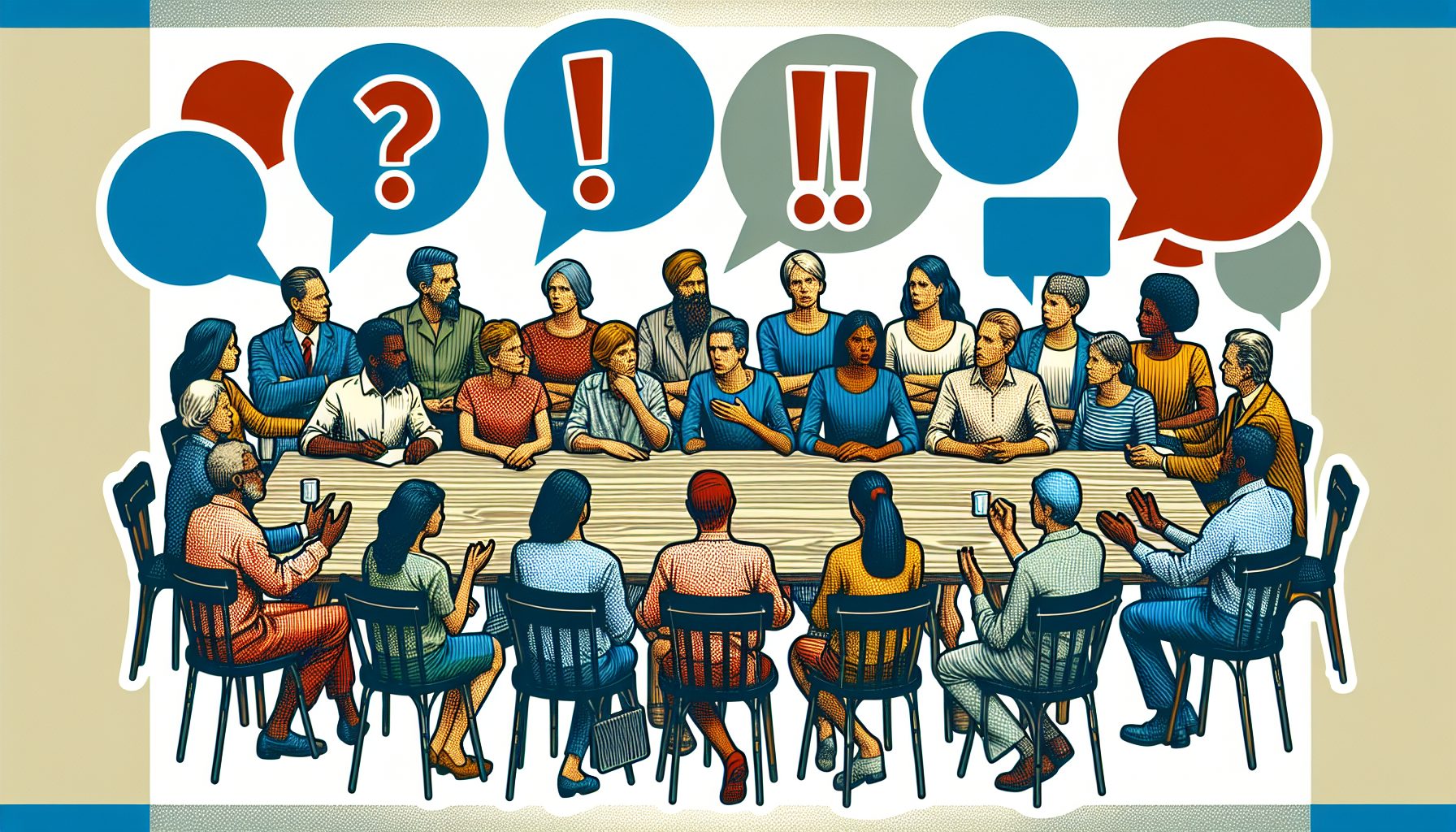The news that drew a crowd to Second Life’s Town Hall meeting on Jan. 9 was the announcement from Linden Lab, the company that runs the virtual world, that it would release the Second Life viewer as open-source software. This means programmers outside the company’s employ will have a chance to improve the graphics rendering, fix bugs, improve performance and develop specialized versions of the viewer for specific audiences, such as professors teaching courses within the virtual world. If that goes well, Linden is talking about also open sourcing the server software that simulates the existence of the world these avatars share.
Now Second Life "residents," as users of the system are called, want to know exactly how the open source plan is going to work. Many are excited. Some are upset. Prokofy Neva (the creation of Catherine Fitzpatrick, a Russian translator and human rights activist), who’s in the virtual real estate business, is concerned about the long-term impact of open sourcing, particularly the idea that it could undermine land values and property rights.
That is, if anyone can run their own Second Life simulation server, won’t that mean that the supply of land will explode and prices will plummet? And even before that happens, the open sourcing of the client raises the possibility of alternate viewers that won’t respect the restrictions that content creators place on whether their objects can be copied, modified or transferred to other users. Protecting property rights is important because some residents have learned how to make money selling their digital creations.
Others are worried that releasing the source code will make it easier for hackers to create rogue viewers indistinguishable from the official one. Such a tool would allow them to create robot avatars that pose as real users, undermining the online society, or to overload servers with denial-of-service attacks.
When the event begins. Cory Linden, a.k.a. chief technology officer Cory Ondrejka, explains that releasing the client software as open source was a surrender to the inevitable, since independent developers had already created a series of software libraries that duplicate functions of the official Second Life client. That software was created independently, without the use of Linden source code, through a process of reverse engineering (working backward from the known functionality of the official client to produce software that behaves similarly), Ondrejka says.
That’s exactly why some are wary. In November, a program called CopyBot was released into Second Life that demonstrated the ability to create multiple clones of avatars, including all their clothing. Among other things, that demonstrated how the copy protection that normally applies to digital objects could be undermined.
Ondrejka doesn’t deny that there will be problems, but says the challenge of preventing unauthorized copies of digital content is no different than the situation that exists on the Web, where users can easily swipe articles, source code and images. And he says the company is looking at the future and taking it step by step. "We’ve only open sourced the client, so fully [open source] discussions are premature," he says.
The server-side component of the Second Life system that would make sense to open source is the simulator software used to host regions of the virtual world and track the actions of avatars within it. Linden Lab senior developer Andrew Meadows says the main challenge here will be to create a clear separation of responsibilities between simulators and other components of the system. For example, additional security barriers will have to be erected so that simulators hosted by outsiders are treated with a healthy degree of distrust, preventing them from gaining inappropriate access to the database systems that run the virtual economy, Meadows says.
And yet, within a couple of weeks after Linden announced an open-source client, a primitive, independently developed server compatible with that client was released. So, the future may be coming quicker than Ondrejka expected.
After the Town Hall meeting, Linden Lab CEO Philip Rosedale materializes as spiky-haired avatar Philip Linden. He tells his admirers, "The most rewarding thing is just that at this point, the fire is lit. Whether Linden continues to lead or not, we got things started.








